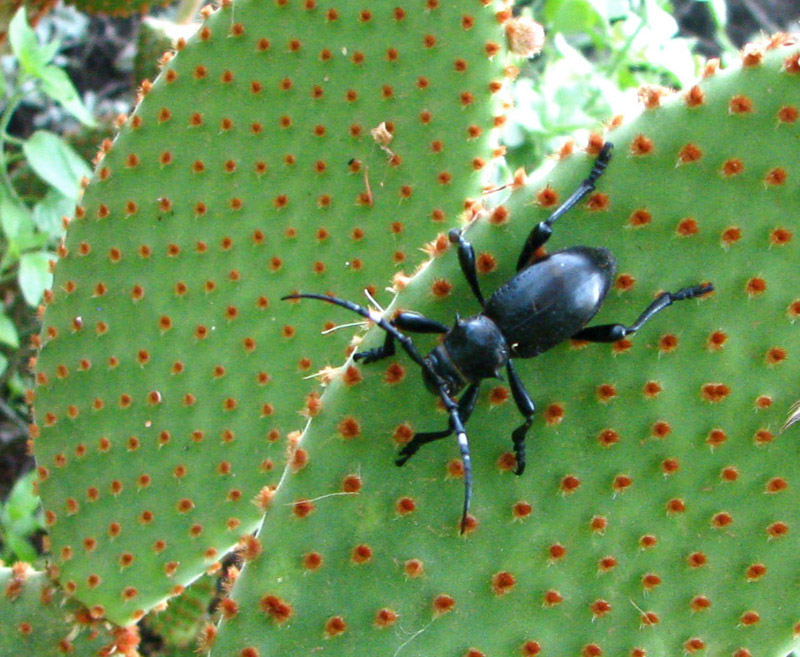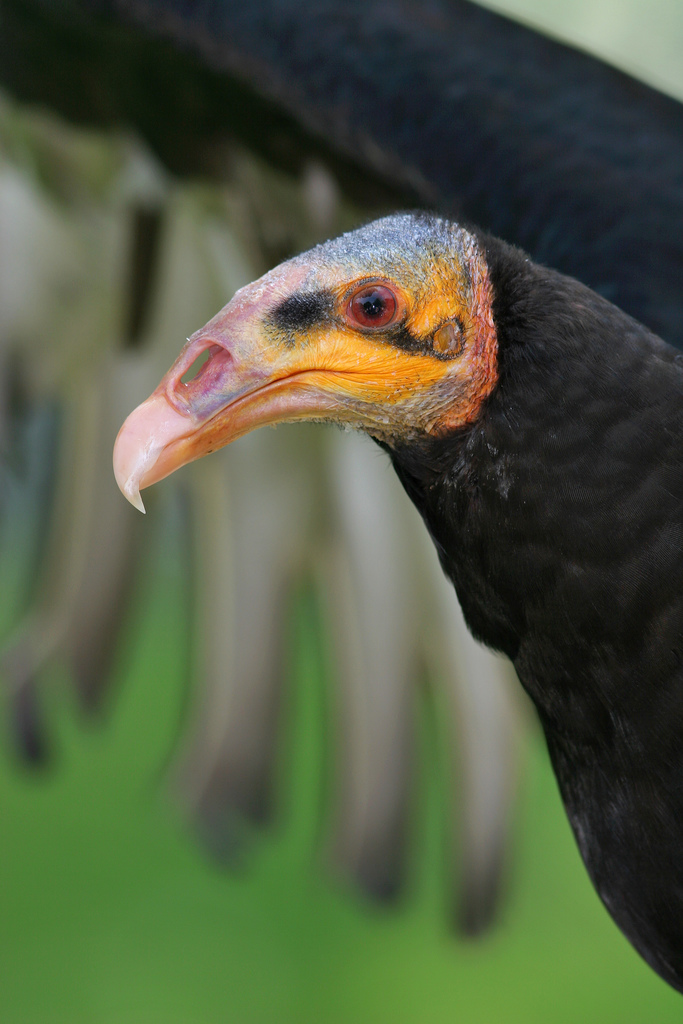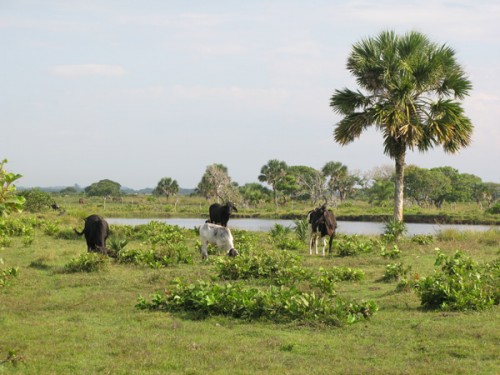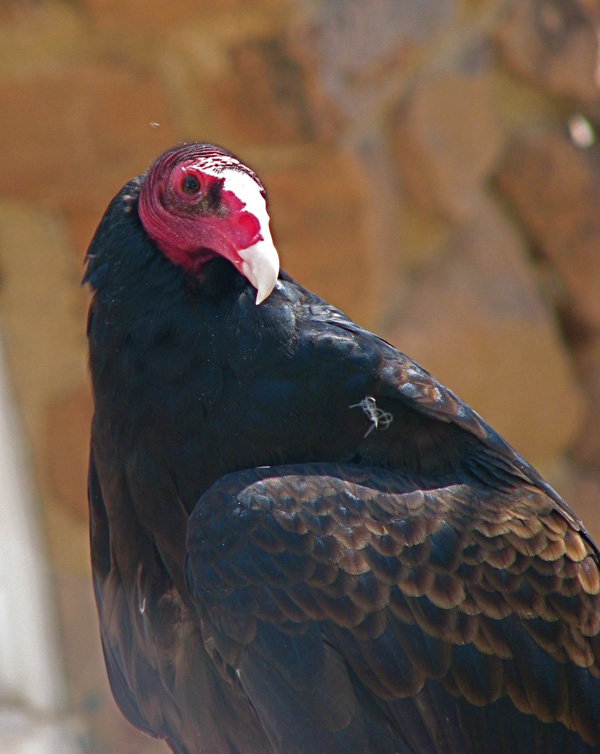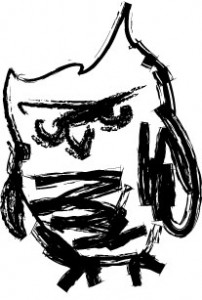This was weird, and sad for sure.
In previous posts, I’ve mentioned the unfortunate similarity of our swimming pool to the LaBrea Tarpits. Especially in the summer months when there are lots of inexperienced young animals out and about, we often have to carry out water rescues. Since my studio is at home and looks onto the pool, this is often in the nick of time: desert cottontails, house sparrow fledglings, tiger whiptails, european honeybees, beetles, moths, sunspiders, and even the occasional “cowkiller” (AKA velvet ant) have all been successfully fished out to live another day.
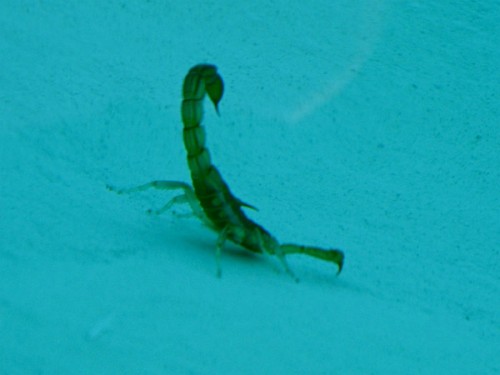 Unfortunately, not everything that takes the inadvertent plunge is so lucky, and daytime critters often fare better than nocturnal ones, because I see them, and can help. So, often, the first thing I do in the morning is check the pool for watery unfortunates: the closer to the surface, the better: the bottom, not so good. Most days, there’s nothing. But one morning, I was surprised to see this Striped-tailed scorpion (Vaejovis spinigerus) standing on the side of the pool about 18 inches below the surface (the infrequent drowned scorpion we encounter is generally on the bottom, belly up). The poor thing must have fallen in and, unable to get out, found itself a place to stand ready for anything, with its tail fully armed, and stuck there until it expired. I fished it out, and took some pix for reference, and left the soft, waterlogged body for something to make a meal of. I never saw what scored it — probably cactus wren or thrasher — but it didn’t take long; less than an hour later the little body was gone.
Unfortunately, not everything that takes the inadvertent plunge is so lucky, and daytime critters often fare better than nocturnal ones, because I see them, and can help. So, often, the first thing I do in the morning is check the pool for watery unfortunates: the closer to the surface, the better: the bottom, not so good. Most days, there’s nothing. But one morning, I was surprised to see this Striped-tailed scorpion (Vaejovis spinigerus) standing on the side of the pool about 18 inches below the surface (the infrequent drowned scorpion we encounter is generally on the bottom, belly up). The poor thing must have fallen in and, unable to get out, found itself a place to stand ready for anything, with its tail fully armed, and stuck there until it expired. I fished it out, and took some pix for reference, and left the soft, waterlogged body for something to make a meal of. I never saw what scored it — probably cactus wren or thrasher — but it didn’t take long; less than an hour later the little body was gone.
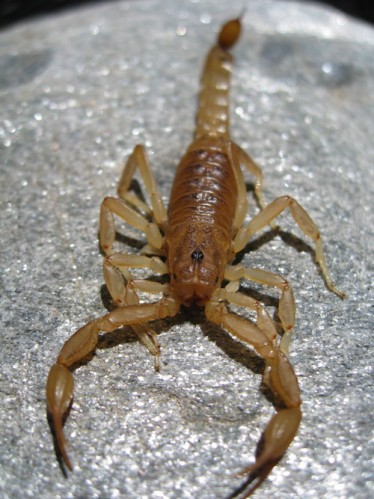 Here’s a close-up of it, eye-to-eye, a view we don’t often see of these close to the ground tiny arthropods. If you’re wondering how this mildly venomous stingy thing differs from the more venomous stingy-thing, the Bark Scorpion (Centuroides spp.), the thicker, bulbous tail with longitudinal stripes on each section is the easiest characteristic to note. The Bark scorpion has a much thinner, more gracile tail and pincers, and often holds its tail coiled to the side.
Here’s a close-up of it, eye-to-eye, a view we don’t often see of these close to the ground tiny arthropods. If you’re wondering how this mildly venomous stingy thing differs from the more venomous stingy-thing, the Bark Scorpion (Centuroides spp.), the thicker, bulbous tail with longitudinal stripes on each section is the easiest characteristic to note. The Bark scorpion has a much thinner, more gracile tail and pincers, and often holds its tail coiled to the side.
(Photos A. Shock. Apologies; since upgrading to the latest version of WordPress, the editor doesn’t seem to support the “click to enlarge” feature… Don’t know what’s up with that, but I’ll fix it as soon as I figure out how.)
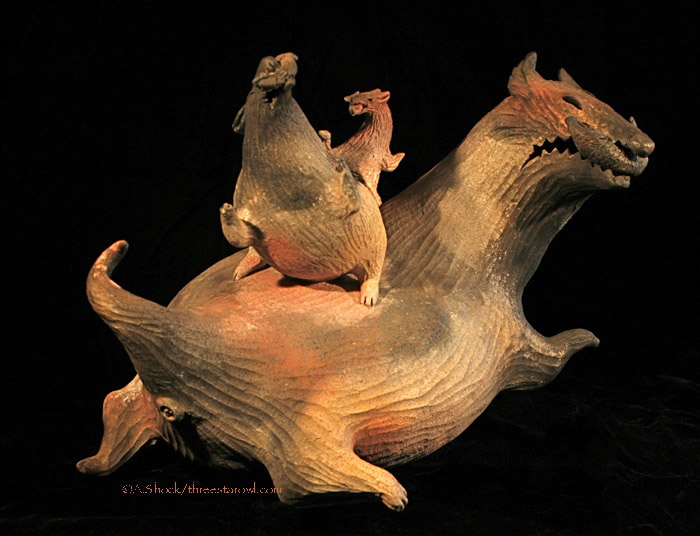 for convenience — it stands for Every Mammal, including us human ones. Rαtdogs represent the Mammalian experience, and are intended to repulse and appeal simultaneously. My hope is that people will want to pick one up, even though it looks like it might bite, or transmit a disease.
for convenience — it stands for Every Mammal, including us human ones. Rαtdogs represent the Mammalian experience, and are intended to repulse and appeal simultaneously. My hope is that people will want to pick one up, even though it looks like it might bite, or transmit a disease.
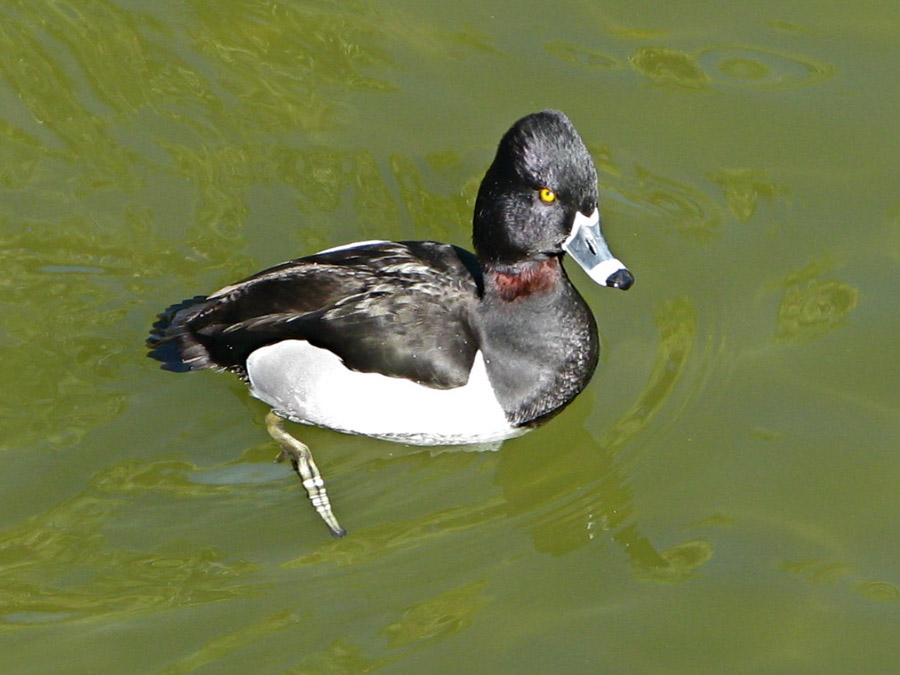
 Unfortunately, not everything that takes the inadvertent plunge is so lucky, and daytime critters often fare better than nocturnal ones, because I see them, and can help. So, often, the first thing I do in the morning is check the pool for watery unfortunates: the closer to the surface, the better: the bottom, not so good. Most days, there’s nothing. But one morning, I was surprised to see this Striped-tailed scorpion (Vaejovis spinigerus) standing on the side of the pool about 18 inches below the surface (the infrequent drowned scorpion we encounter is generally on the bottom, belly up). The poor thing must have fallen in and, unable to get out, found itself a place to stand ready for anything, with its tail fully armed, and stuck there until it expired. I fished it out, and took some pix for reference, and left the soft, waterlogged body for something to make a meal of. I never saw what scored it — probably cactus wren or thrasher — but it didn’t take long; less than an hour later the little body was gone.
Unfortunately, not everything that takes the inadvertent plunge is so lucky, and daytime critters often fare better than nocturnal ones, because I see them, and can help. So, often, the first thing I do in the morning is check the pool for watery unfortunates: the closer to the surface, the better: the bottom, not so good. Most days, there’s nothing. But one morning, I was surprised to see this Striped-tailed scorpion (Vaejovis spinigerus) standing on the side of the pool about 18 inches below the surface (the infrequent drowned scorpion we encounter is generally on the bottom, belly up). The poor thing must have fallen in and, unable to get out, found itself a place to stand ready for anything, with its tail fully armed, and stuck there until it expired. I fished it out, and took some pix for reference, and left the soft, waterlogged body for something to make a meal of. I never saw what scored it — probably cactus wren or thrasher — but it didn’t take long; less than an hour later the little body was gone. Here’s a close-up of it, eye-to-eye, a view we don’t often see of these close to the ground tiny arthropods. If you’re wondering how this mildly venomous stingy thing differs from the more venomous stingy-thing, the Bark Scorpion (Centuroides spp.), the thicker, bulbous tail with longitudinal stripes on each section is the easiest characteristic to note. The Bark scorpion has a much thinner, more gracile tail and pincers, and often holds its tail coiled to the side.
Here’s a close-up of it, eye-to-eye, a view we don’t often see of these close to the ground tiny arthropods. If you’re wondering how this mildly venomous stingy thing differs from the more venomous stingy-thing, the Bark Scorpion (Centuroides spp.), the thicker, bulbous tail with longitudinal stripes on each section is the easiest characteristic to note. The Bark scorpion has a much thinner, more gracile tail and pincers, and often holds its tail coiled to the side.